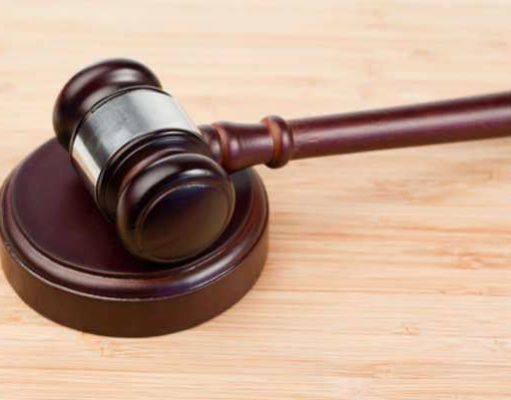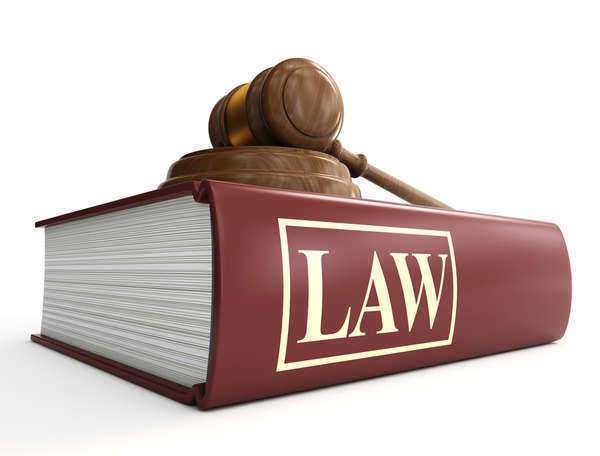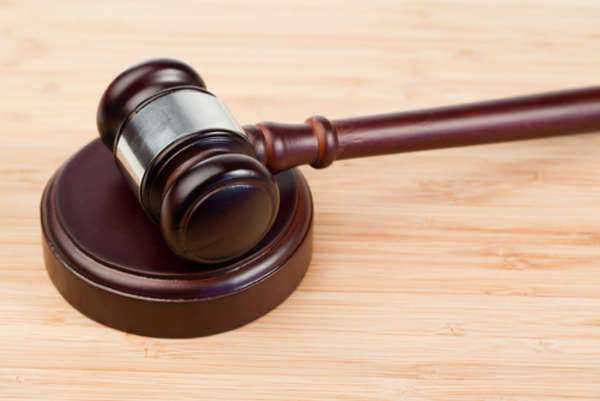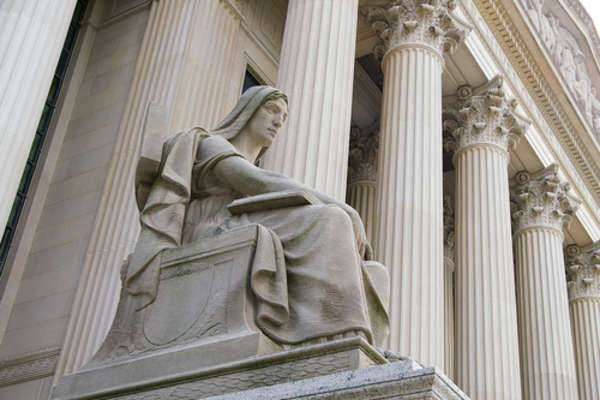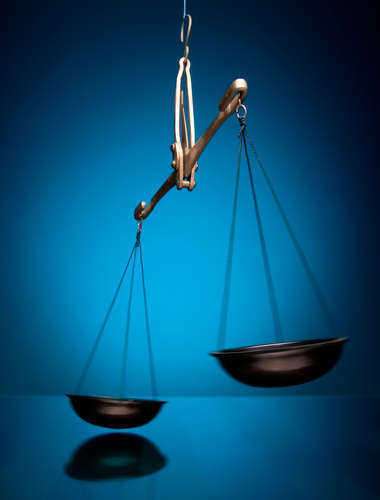Major Decisions-Regents of U. of California v. Bakke

Regents of University of California v. Bakke was a landmark Supreme Court case heard in 1978 that dealt with affirmative action in higher education admissions. The University of California, Davis School of Medicine had implemented an affirmative action program that reserved 16 out of 100 seats for minority students, including African Americans, Hispanics, and Asians. Allan Bakke, a white applicant, had been denied admission to the school twice and challenged the legality of the affirmative action program.
The Supreme Court’s decision in this case was pivotal in shaping affirmative action policies in universities across the United States. The Court’s ruling, while not a complete overturning of affirmative action, did limit its scope and affirmed the principle of equal protection under the law.
The Court held, by a 5-4 majority, that the university had used quotas in the admissions process, which were unconstitutional and violated the equal protection clause of the Fourteenth Amendment. However, the Court also ruled that race could be considered as one factor among many in admissions decisions to achieve a diverse student body. The decision held that a university’s interest in diversity could justify the use of race as a factor in the admissions process but only under strict-scrutiny judicial review.
While the decision was a compromise, it was also a major milestone in the fight for fair admissions policies in higher education. The ruling established that diversity was a compelling educational interest that could be used as a rationale for affirmative action policies.
The Bakke decision forced universities across the country to revise their admission policies to ensure that they were more inclusive and that all students received equal protection under the law. The decision also promoted diversity and encouraged universities to create a more inclusive and equitable learning environment.
Despite the ruling in the Bakke case, affirmative action remains a contentious issue in American society. Critics continue to argue that affirmative action programs are unfair and discriminatory, while supporters maintain that they are a necessary tool for promoting diversity and improving opportunities for marginalized groups.
In conclusion, Regents of University of California v. Bakke was a major Supreme Court decision that set the precedent for affirmative action policies in higher education. The decision affirmed the principle of equal protection under the law while recognizing the importance of diversity in the academic environment. While the decision was not a complete endorsement of affirmative action, it remains an important milestone in the ongoing fight for fairness and equality in American society.
The Supreme Court of the United States seems to have dealt with the many numerous issues that have proven to be of controversy in the United States in modern history. One of these disputes is the institution of affirmative action in the United States.
Affirmative Action history can be argued to have its roots since the abolition of slavery and the suffrage movements of both African-Americans and women. However, in modern applications, the concept of affirmative action would be more distinctly defined in the Regents of the University of California v. Bakke Supreme Court case.
Through this case, the affirmative action agenda would be brought before the courts and its outcome would define the scope of the application of affirmative action in terms of its constitutionality. It is important to note that the Bakke case did not involve a minority seeking to employ affirmative action as a means to accomplish a certain act. In fact, it was something more along the lines of its opposite occurrence, in which a white student sought admission into the University of California Davis Medical School.
Allan Bakke had applied to the University on two separate occasions and was denied admission, while students that were considered members of minority groups were being accepted who had significantly lower academic scores and accomplishments than Bakke. Bakke would then bring the matter to the courts, stating that the affirmative action program of the school was being used to exclude him from admission based on race. Therefore, such action was a direct violation of the Fourteenth Amendment under the Equal Protection Clause.
The University would subsequently provide for a counter-claim which declared that the school’s affirmative action special admission program was carrying out its duties in a lawful manner. The Chief Justice presiding over the Bakke case was Warren E. Burger. After investigating the matter and evaluating the special program implemented by the University, the Supreme Court would rule in favor of Bakke. The Supreme Court would find that the practice of the University instituting a form of quotas regarding the acceptance of minority students was an unconstitutional practice.
For example, the Davis Medical School would reserve 16 seats out of 100 for minority students, leaving the remaining 84 seats to be filled under regular admissions procedures. The Supreme court ruled that the University could not take race into account in regards to making admissions decisions. This was in direct violation of two Constitutional statutes: Title VI of the Civil Rights Act of 1964 and the Fourteenth Amendment. Title VI stated that no racial or ethnic preference shall be given or granted to any particular group by any institution or program that was Federally funded.
Under the Fourteenth Amendment, it was deemed that reserving a number of seats for minority students denied Bakke equal protection as provided by the Constitution.
However, it is important to note that in the actual decision in the Bakke case, there was no actual majority reached by the Supreme Court. Furthermore, the Court did not rule on the implementation of the affirmative action practice in general. Two factors were considered by the Supreme Court.
The factors were whether or not race could be used as a factor among many others in admissions programs and whether a program could exclude members using race as a basis. The majority would only be reached–and a slight one at that–on the matter of members being excluded, which was deemed unconstitutional.


